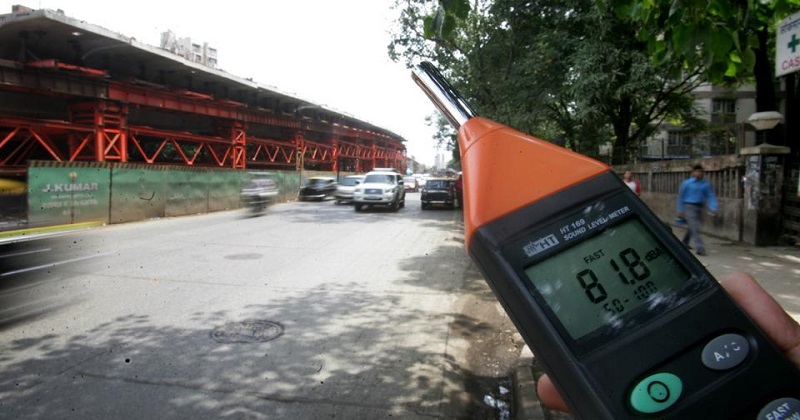
According to a first of its kind exercise conducted to map noise levels across the city, Chhatrapati Shivaji Maharaj Terminus (CSMT) was the noisiest location during the day at 95.3 decibels (dB). The study has also raised several concerns as it points out noise levels from the transport sector that cross the permissible levels in the city.
The noise mapping was conducted by the National Environmental Engineering Research Institute (NEERI) and included other major cities of Maharashtra. The report has already been submitted to the Bombay High Court, which is hearing the PIL on noise pollution.
In its July 24 order, the HC requested NEERI to depute one or two members of the project team headed by Dr Rakesh Kumar, director of NEERI to assist the Court for explaining the contents of its report and its implications on the hearing on August 21.
A total of 55 noise monitoring locations were divided into nine categories — Railways, Expressway, National Highway, Major roads, Minor roads, Industrial Area Commercial area, Residential area and Silence zone.
Read More: Kajal Aggarwal’s KIKI challenge video with a meaningful message goes viral: Watch Video
As per the report, during the day, the maximum noise level was observed near CSMT at 95.3 dB while the minimum noise level was recorded at 66.1 dB near Vikroli. Meanwhile, at night, the maximum noise value was recorded to be 89.8 dB near Ambujwadi slums while the minimum noise level was 59.9 dB near Adasa Nagar in Govandi.
An analysis of the NEERI report shows that the average noise levels from all the categories were found to be higher during the day when compared to during the night including in the silence zones.
For instance, while the average noise levels were recorded to be 88.7 dB near major roads during the day, it was found to be 82.1 dB during the night. Similarly, the average noise levels were recorded to be 85.1 dB in a residential area during the day it was found to be 80.7 dB during the night.
Noise monitoring was conducted in 55 spatially distributed locations in the city with each location being assigned a unique ID. The noise monitoring was carried out for 48 hours on a working day and a non-working day and the noise level data was analysed. The values of the relevant parameters were calculated as per day and night time.

Post Your Comments